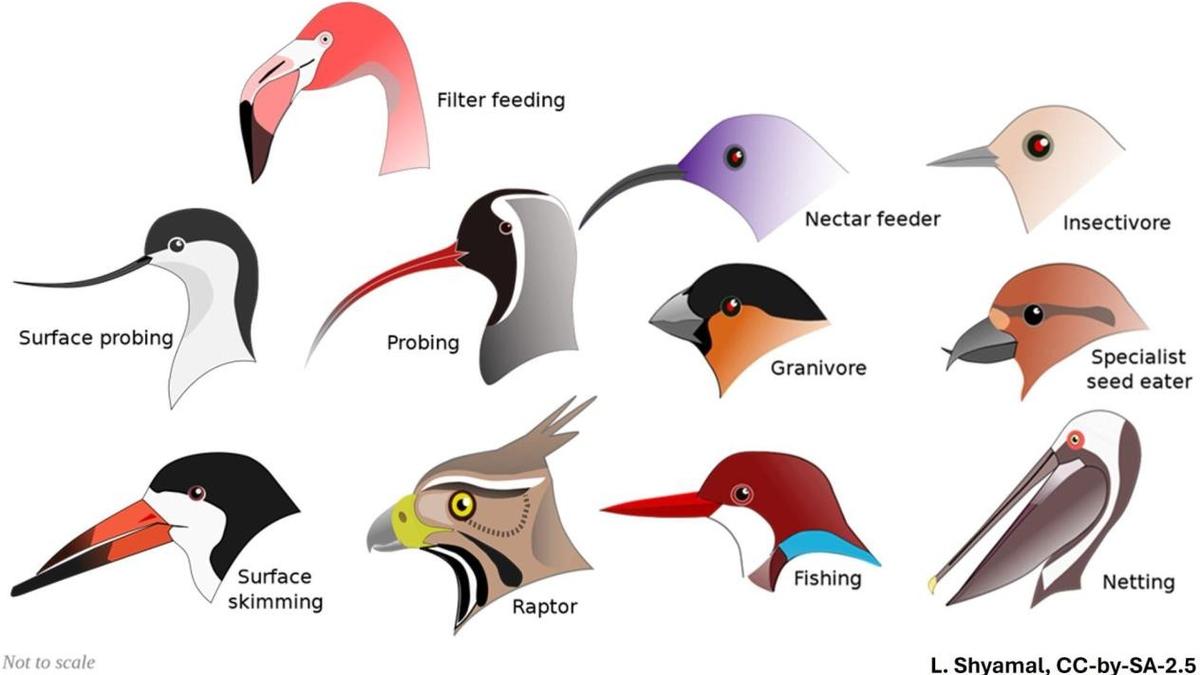
Study reveals how new species evolve without geographic barriers
The Hindu
IIT Bombay study reveals how sympatric speciation can occur without geographic barriers, challenging traditional views on speciation.
A new study conducted by scientists from the Indian Institute of Technology Bombay (IIT Bombay), Mumbai published in NPJ Systems Biology and Applications, has shed light on the process of speciation, meaning the formation of new species, in the absence of geographic barriers. Traditionally, it is believed that speciation largely occurs when populations of a species are isolated from each other by geographical barriers such as mountains or bodies of water. This is called allopatric speciation. However, the new IIT Bombay research suggests that speciation can happen even when populations live in the same area without geographical barriers. This mode of speciation is called sympatric speciation.
Professor Supreet Saini, from Department of Chemical Engineering and DBT/Wellcome Trust (India Alliance) Fellow at IIT Bombay and the lead researcher of this study said, “While there is ecological evidence in favour of sympatric hypothesis, there is no experimental evidence. And without a laboratory model to study sympatric speciation, it becomes difficult to understand it as a process. The motivation behind our work is to understand how the environment and the underlying genetics can lead to sympatric speciation and design biologically insightful experiments.”
The researchers used a genetic-based model to investigate the factors that contribute to speciation when populations live in the same geographic area. This theoretical study focused on a population of birds using simulated data and specifically looked at how three aspects that encourage speciation, namely, disruptive selection, sexual selection, and genetic architecture play a role in driving and maintaining sympatric speciation.
Disruptive speciation
“In sympatric speciation, the “divide” in the population can be created due to non-uniform resources present in the environment, and geography has no role to play here. This is called ecological disruptive selection,” co-author Pavithra Venkataraman, PhD student and a Prime Minister’s Research Fellow at IIT Bombay explained. In other words, disruptive selection is a process by which individuals with extreme traits have a higher fitness than those with intermediate traits.
Ms. Venkataraman added, “Disruptive selection is necessary for speciation to occur in sympatry because it favours heritable differences in the population and ensures that the offsprings produced by the mating of individuals belonging to two different groups do not survive. These two factors are extremely important for maintaining biodiversity in sympatry.”
In this study, the researchers focused on a physical trait of the birds - the beak size. The birds in the population had to adapt their beak size to best utilise two types of food resources, such as nuts and flower nectar. Birds with small beaks will be better at utilising resource nuts, while those with longer beaks will be more efficient at utilising flower nectar as their resource.











